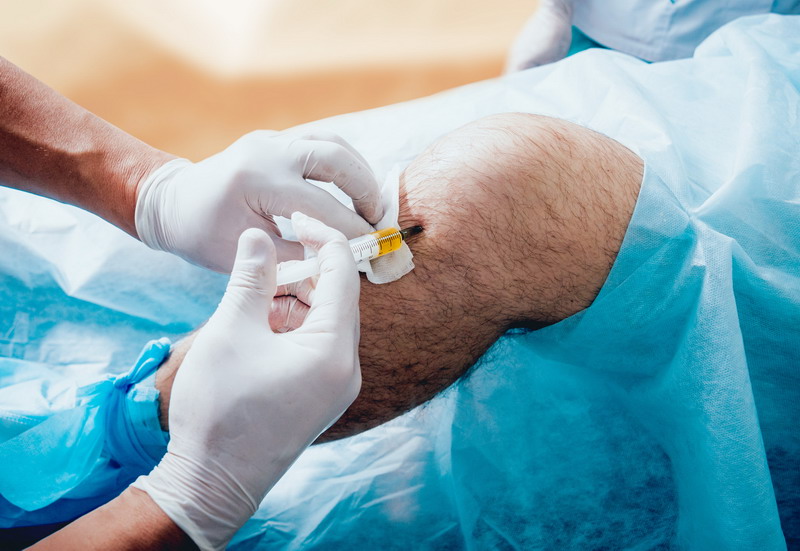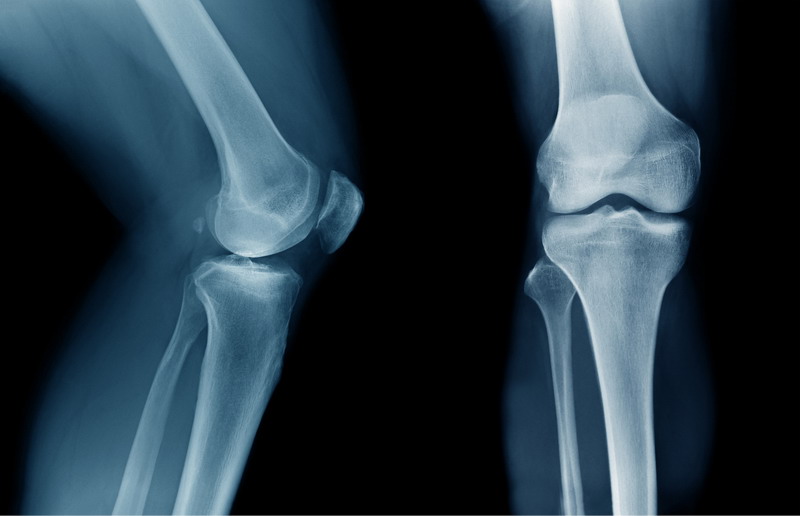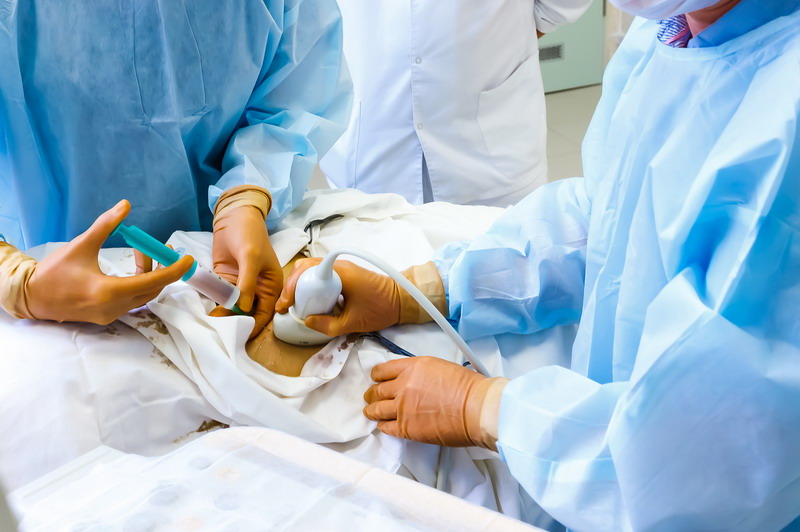Medical science has been trying to combat various forms of hair loss for as long as most of us can remember. Back in the 1980s and 90s, it was common to see TV commercials pitching everything from hair replacement surgery to topical medications. Virtually all those treatments are still being used today. But now we have an additional treatment in PRP therapy.
ARMI offers training in plasma-rich platelet therapy for hair loss, among other things. This training is designed to help aesthetic physicians and other doctors learn and practice the skills necessary to offer this treatment to patients. We train by way of lectures and hands-on demonstrations conducted by a team of physicians considered experts in this field.
Having said all that, there may be a few finer points of PRP therapy for hair loss that you are not aware of. A few of them are described below. If you are interested in undergoing training for PRP therapy, stem cell therapy, or both, contact ARMI for more information.
Phases of Hair Growth
One of the reasons researchers suspect PRP therapy works well to promote hair growth is based in the four phases of growth that hair goes through. Those four phases are:
- The resting phase (telogen)
- The growth phase (anagen)
- The regression face (catagen)
- The shedding phase (exogen).
Each of the phases is triggered by molecular signals that, in turn, seem to be triggered by certain biological cues science is still trying to understand. The growth factors and nutrients in PRP may be exactly what the body needs to trigger the biological cues that stimulate natural hair growth.
PRP Preparations Are Different
Some of the confusion surrounding the efficacy of PRP therapy for hair loss is found in the reality that preparations are different from one clinic to the next. PRP itself is simply a reference to the blood-based material that is created by harvesting blood via a simple draw and then processing it in a centrifuge. But because centrifuge equipment differs along with some of the minor details of processing, not all PRP solutions contain the same concentration of platelets.
One clinic may offer a higher concentration of platelets in its solution than another, leading to very different results. Furthermore, patients react to PRP therapy differently as well. PRP therapy does not currently offer the same kind of standardization as many other medical treatments doctors use.
Applications Are Different
Along with different concentrations and preparations, clinicians have a variety of choices when it comes to application. The two most common ways to utilize PRP therapy for hair loss is through standard injections or a process known as micro-needling.
The former works the same way as if the doctor were injecting PRP material into an injured tendon or joint. The material is injected directly into the treatment site through a single needle. This gives the physician pinpoint accuracy during treatment.
As for micro-needling, it is a process of injecting the PRP material over the treatment site using an instrument with multiple needles attached to a roller. This may be the preferred application method when treating large areas of the scalp rather than just more localized areas.
There is a lot to learn about PRP therapy as a treatment for hair loss. If you are interested in adding this kind of therapy to your existing practice, we encourage you to contact us to learn more about training. We offer numerous training sessions at various locations around the country. Our next group of classes is already scheduled, so be sure to register while space is still available.








0 Comments